I wrote this New Year Resolution poem in 2012 and I am pretty proud of it so I repurpose it every year. I have a penchant for writing silly poems but usually they are quite bad. I liked the way this one turned out and it seems year after year it still rings true. Let me know what you think.

Dear Me,
I know you are perfect
The way that you are,
But we all can improve some,
Raise the bar.
You’ll eat healthy foods
Dense with nutrition.
You’llmove your butt more,
You’ll be full of ambition.
You’ll run faster and better,
A new PR achieved.
You’ll lift weights and get stronger
Than you ever believed.
You won’t let the internet
Be so disruptive
To your goals and dreams,
You’ll be more productive!
You’ll read more and write more
With less television.
Less time on the net will be
A conscious decision.
Everything in moderation,
Enjoying this life.
The good and the bad
Will balance out nice
Blah Blah Blah,
We have heard it before.
I think we’ll skip this usual
Resolute bore.
Let’s talk about the things
That really matter in life.
Family, great friends, and
Being a wife.
This year you’ll resolve
To be the best version of you.
And not compare yourself
To what others do.
You’ll promise to love yourself
Despite all your flaws.
To strive to love others,
Just because.
You’ll try to put yourself second
To those in your heart.
Give love freely and openly,
For the most part.
You have so much more
Than you could earn or deserve.
You’ll whine less and praise more,
Without reserve.
Dear Me, these are our plans
For two thousand seventeen.
I pray for the best year
That we’ve ever seen.
And for YOU out there,
Thanks for reading along.
I wish you happiness
And joy all the yearlong.
Happy New Year, friends!
Like this poem? It helps me when you share!
I am a NASM personal trainer and RRCA adult distance running coach that specializes in strength training for runners. I offer in-person training in the Shredshed, online training and Fit to Run bootcamps. If you are interested in a more in-depth running or strength training plan, please contact me. Have questions? I'd love to help.
While I am a certified personal trainer, I am not your personal trainer. Since I don't know your exercise abilities, injury background or medical history, please see your doctor before beginning any new exercise program. This is an opinion blog. No information in this blog is intended to be taken as medical advice or prescription. Please see your doctor and/or registered dietitian for any health concerns.
Are you someone who feels the tension between what you should do and what you want to do and hopes to make better choices and decisions to enhance your long-term health? I will cover some tangible ways to revise your thinking, environment, situation, and habits for the best chances of success. People with greater self-control are more likely to achieve their goals
What happened when I gave up alcohol for 1000 days? Spoiler alert: Everything got better.
Do you have reasons for missing workouts? Or are you making excuses? Do you know how to tell the difference? In this post, I will help you discern between excuses and reasons so that you can move forward in your training despite obstacles, fears, and setbacks.
If you’ve been tempted by a quick fix in health and fitness, we all have been there. It’s easy to think that if you could achieve results quickly, you’d be happier, but the real transformation happens during the journey. Learn to love the process and a healthy lifestyle will follow.
It’s not too late to salvage this year and get on track to achieve your 2020 goals in the last 100 days of the year. Sept 23 is the first day of the last 100 days of 2020. In this post, I share the framework to achieve your end of year goals.
Do you find calorie or macro tracking too tedious, and often not effective? In this blog post, I review five ways you can adjust your habits to lose weight without counting calories; including hand portion control, eating slowly, consume more protein and vegetables, improving sleep quality, and reducing processed foods.
I love running so much that I wrote it a love poem for Valentine's Day. Plus a round-up of more bad poetry on the blog.
Fitness motivational quotes are usually made with good intentions, to inspire you to work harder, and never give up. In this blog post, I take a look at popular fitness quotes that have some truth, but I also explore the possible pitfalls, so you can avoid the thought patterns that can lead to disordered behaviors.
Learn to avoid the comparison trap and to celebrate the P in PR by celebrating the small wins along your journey.
Runners need to cross-train to be well-rounded healthy athletes, but it’s important they are choosing the right kind of cross-training that will boost (not inhibit) their running performance. In this blog post, we cover the benefits of cross-training, types of cross-training, the best cross-training for runners, what not to do, and how to fit it in your running schedule.
This month my husband and I are challenging ourselves to prepare and eat all meals at home. Read about the benefits of eating at home, how to prepare for the challenge, and to overcome obstacles. Are you in for an eat at home challenge? How hard would it be to avoid restaurant meals for a month?
There are three steps to set up your environment for dieting success. 1. Clean out your pantry and fridge so the foods that are close at hand support your goals. 2. Go grocery shopping and buy the types of foods that help you achieve your nutrition plans. 3. Meal prep so that you have healthy foods convenient and available for when you are tired, late, stressed, and frazzled. Explore these blog posts for more tips for success.
The single-leg deadlift is one of the most effective exercises for runners to improve balance and build independent hip and leg strength to run strong and reduce the chance of injury. Learn to perform the single-leg deadlift properly, and how to progress the exercise for continuous improvements.
You don’t have to overhaul your diet to see results and improvements in running performance. Instead, develop these habits to simplify your nutrition and diet strategy. 1. Eat minimally-processed foods. This alone will correct most issues with diets. 2. Eat adequate protein to support your goals. 3. Drink enough water. Simple enough to execute right away.
If you have questions about running and weight loss, I’ve rounded up the blog posts to help you with answers. Why do I gain weight during marathon training? What to do when your weight loss plateaus from running. Are you running for performance, or running for weight loss? And why it matters that you choose one. I finish my personal story of how I used running as part of my strategy for permanent fat loss.
If you started running to lose weight, and it worked at first, but your results have stalled, this blog post can help you understand the reason why, and what to do about it to continue to see new weight loss results.
Most runners know that to improve performance and longevity in their sport, that strength training will help them run faster, get less fatigued, and help prevent injuries, but still, many don’t. I asked runners for their excuses so that I can help them overcome the obstacles that prevent them from doing runner-specific strength training. Follow along as I debunk common misconceptions about running and strength training.
Often times, the thing that holds us back from achieving our goals is our own mind. Sometimes we hold limiting beliefs that block us from progressing forward. In this blog post learn to recognize limiting beliefs and overcome the resistance that holds you back. We are what we think. Is it true because I think it, act like it and make it so? “Whether you think you can or think you can’t…you’re right.”
Runners who strength train are stronger, faster, and have a reduced chance of injury. The five reasons runners need to strength train are to run faster, to run longer, to reduce injury risk, lose fat, and increase confidence. Learn more about runner-specific strength to improve performance
Nutrition can be so confusing. One expert says to include fruit in your diet, and another says to eliminate it. If you are looking for a list of foods to avoid to stay healthy, the internet is full of them, but we should be listening to our bodies when deciding what makes us look, feel, and perform our best. Here is a list of foods you don’t have to avoid (if you don’t want to) to stay healthy. Learn to tune into your body’s feedback to determine which foods are best for you.
If you are a runner with big resolutions for the new year, I pulled together 10 blog posts that can help you reach your goals. Whether you want to run a faster 5K, your first 5K, or half marathon, get up earlier to work out, start strength training, or lose fat, I’ve got you covered! If you need more individualized run coaching, I am opening up a few more online spots.
Forget about cleanses and detoxes in the new year and instead make a sustainable resolution to build healthy habits over the next 31 days with this new year's challenge. No extreme behaviors required for successful completion.
Five anti-resolutions you can make to get results. Are you making the same new year resolutions year after year with no results? The problem may not be your goals, but your approach. How to make your diet and exercise new year resolutions stick, plus how to finally lose the weight and keep it off in the new year.
There’s no time like now to get started working towards your goals. What are you waiting for?
Running is about more than moving one foot in front of the other. To be successful you need to train your body, but just as important you need to train your brain — your mental muscle. Learn seven strategies to use to train your brain to run stronger.
In this flashback Friday, we revisit my favorite “end of daylight savings time” trick to wake up early to workout. Use the time change to your health advantage!
Follow along as I set my end-of-year resolutions to finish the year (and the decade) strong. I include 10 steps to follow to achieve your goals.
Learn more about my journey to permanent fat loss; from years of yo-yo weight fluctuations to near-effortless weight maintenance. Learn the strategies I used to maintain permanent weight loss. It’s as much about mindset as it is about diet and exercise. Learn from my mistakes so you can lose weight once and for all.









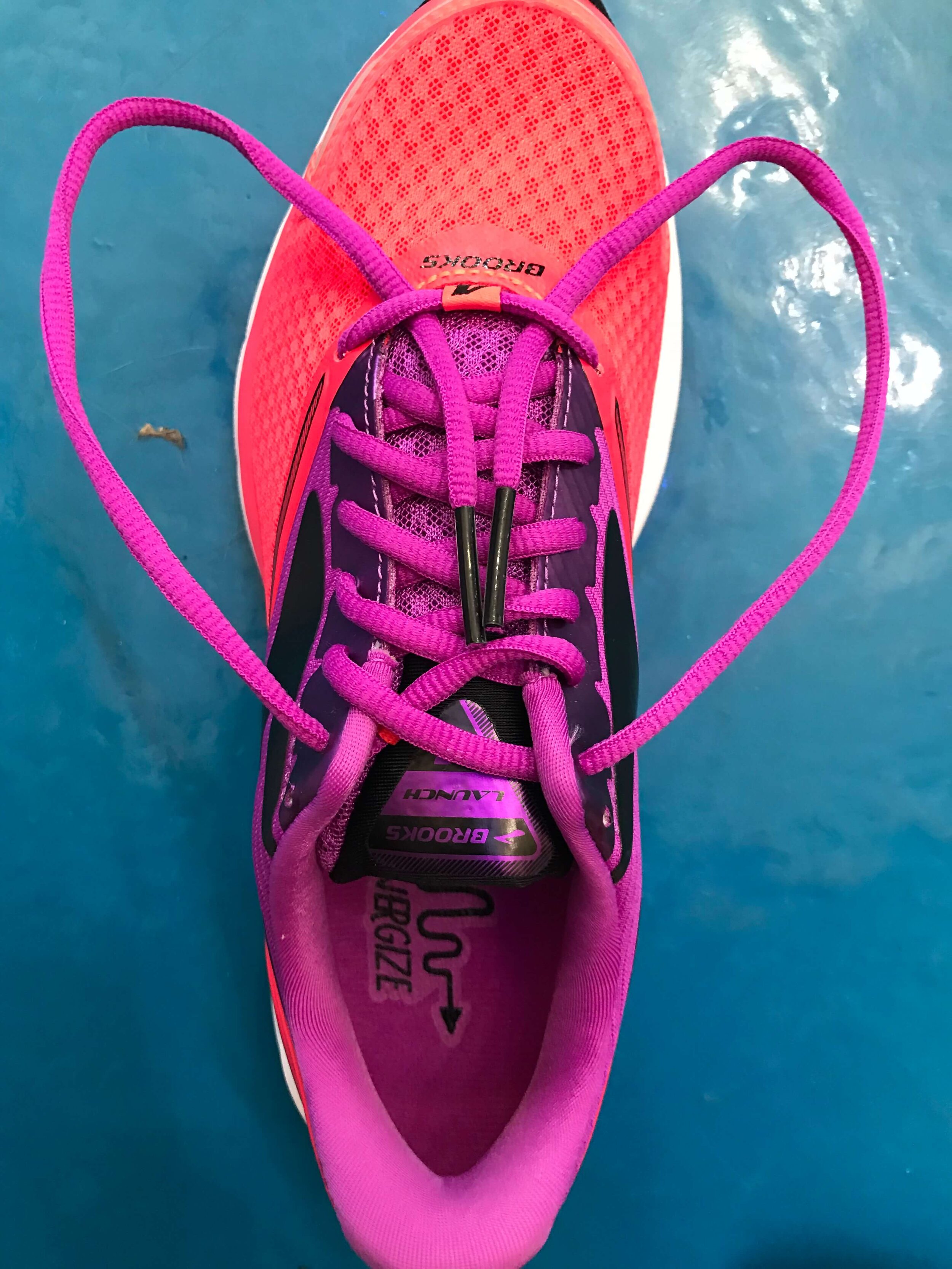
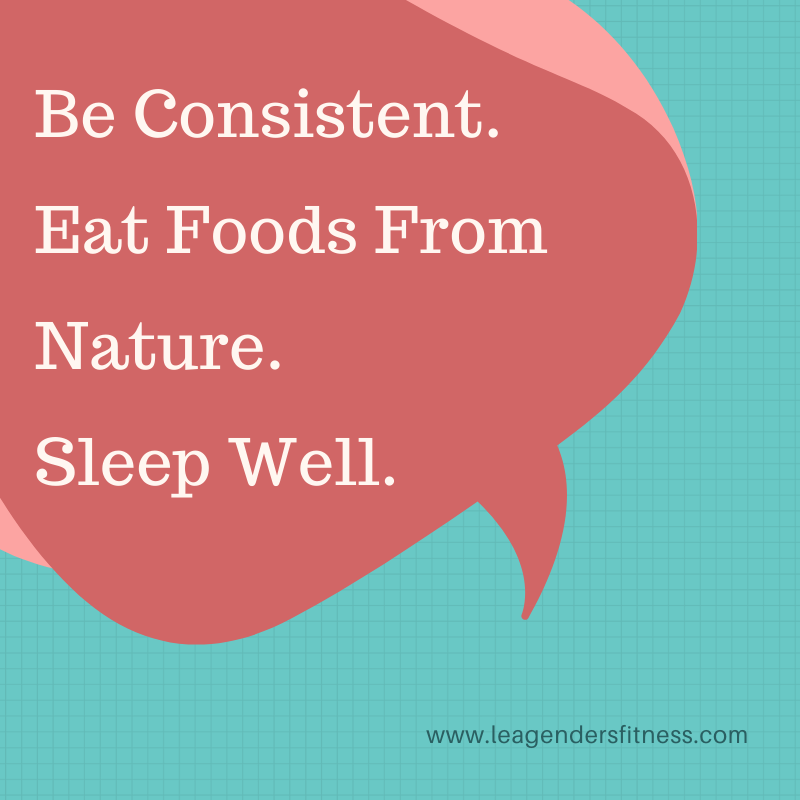





















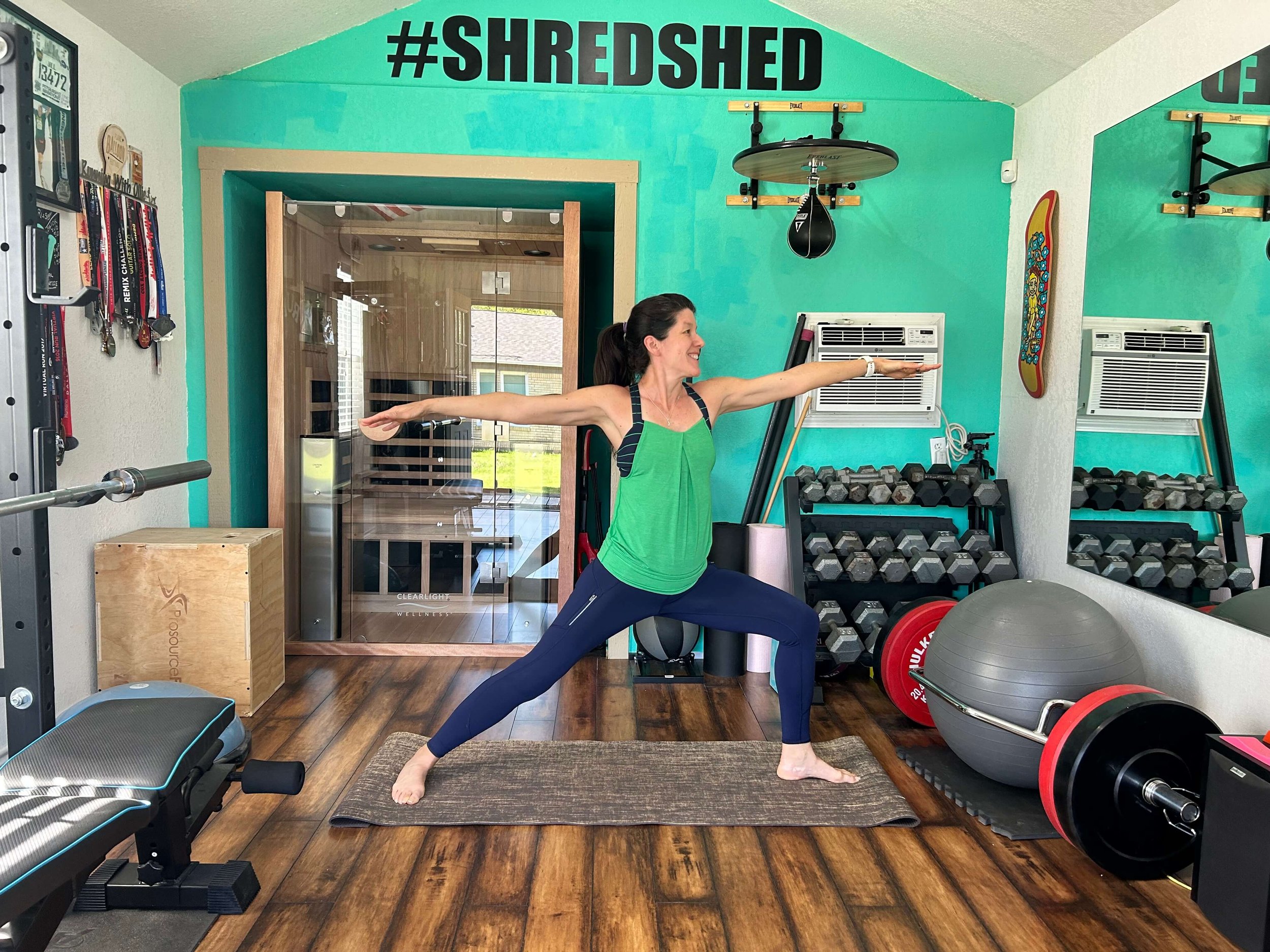



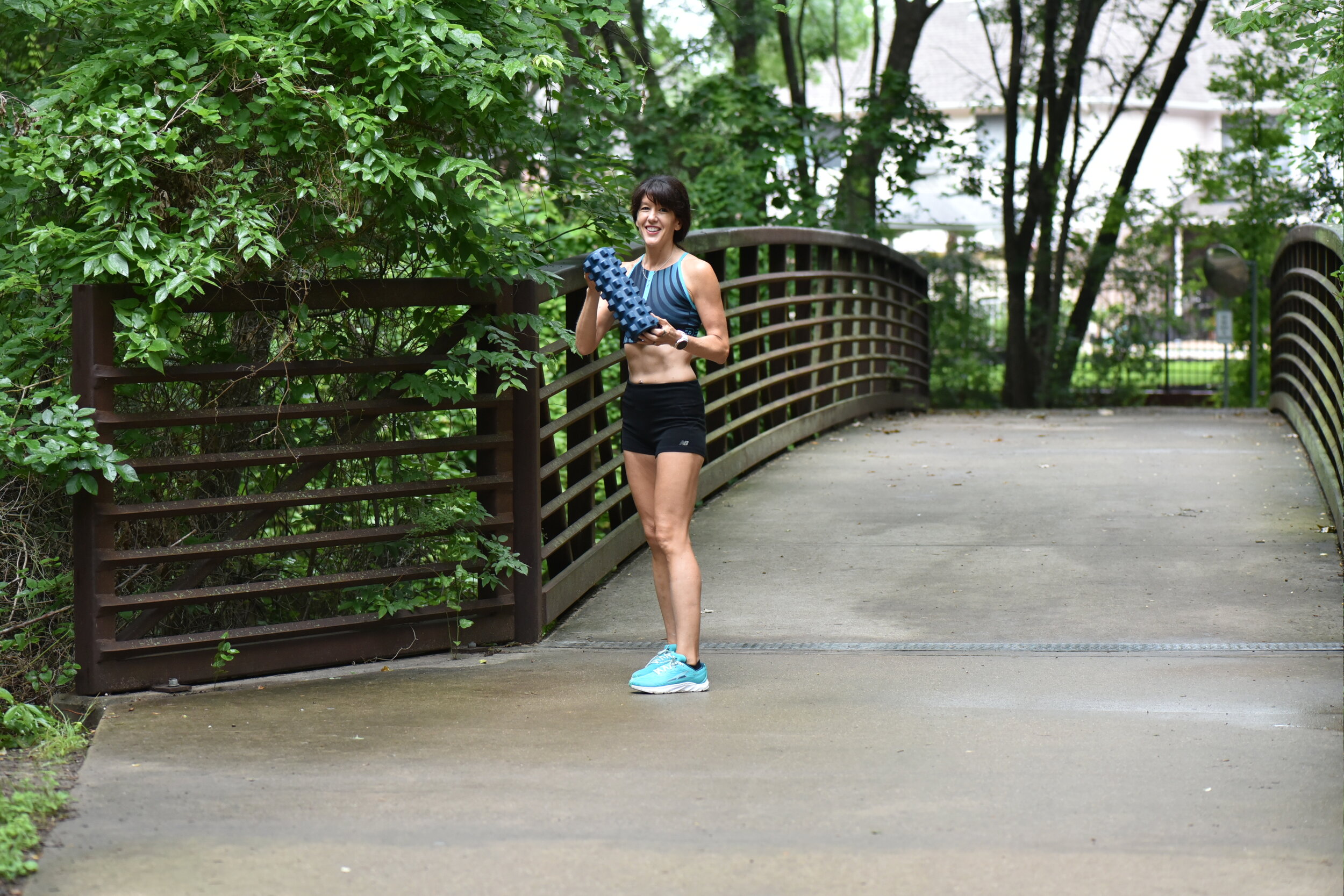













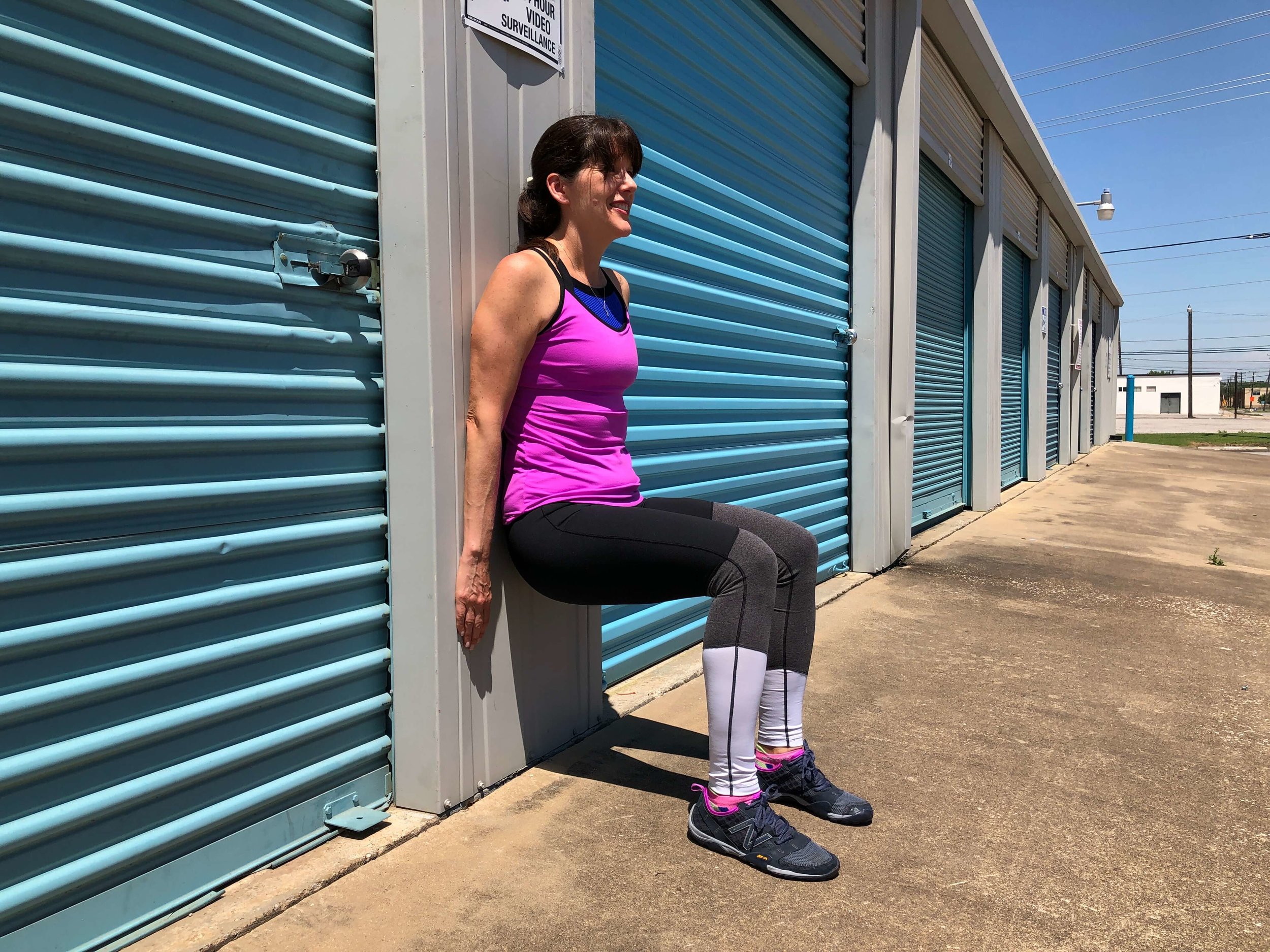




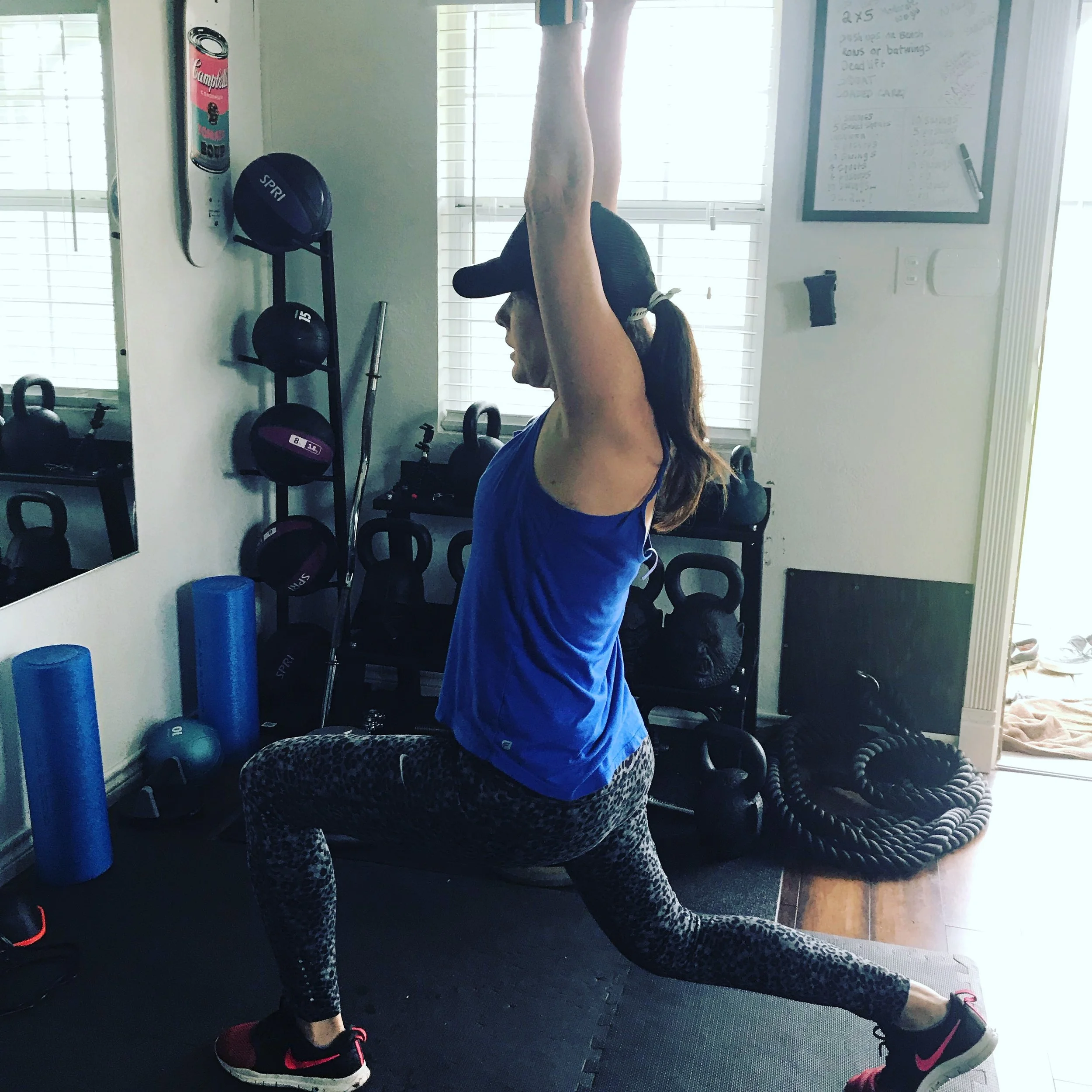





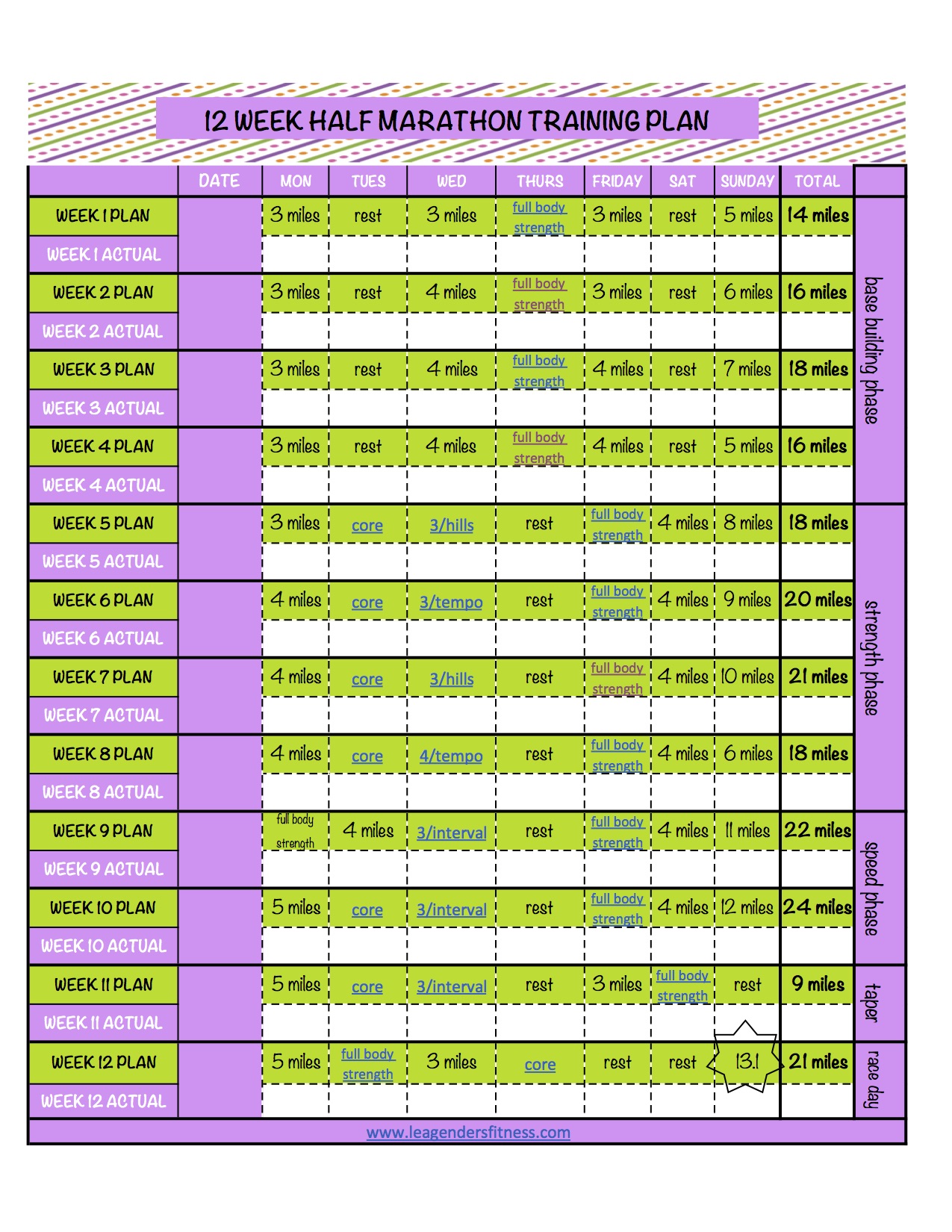

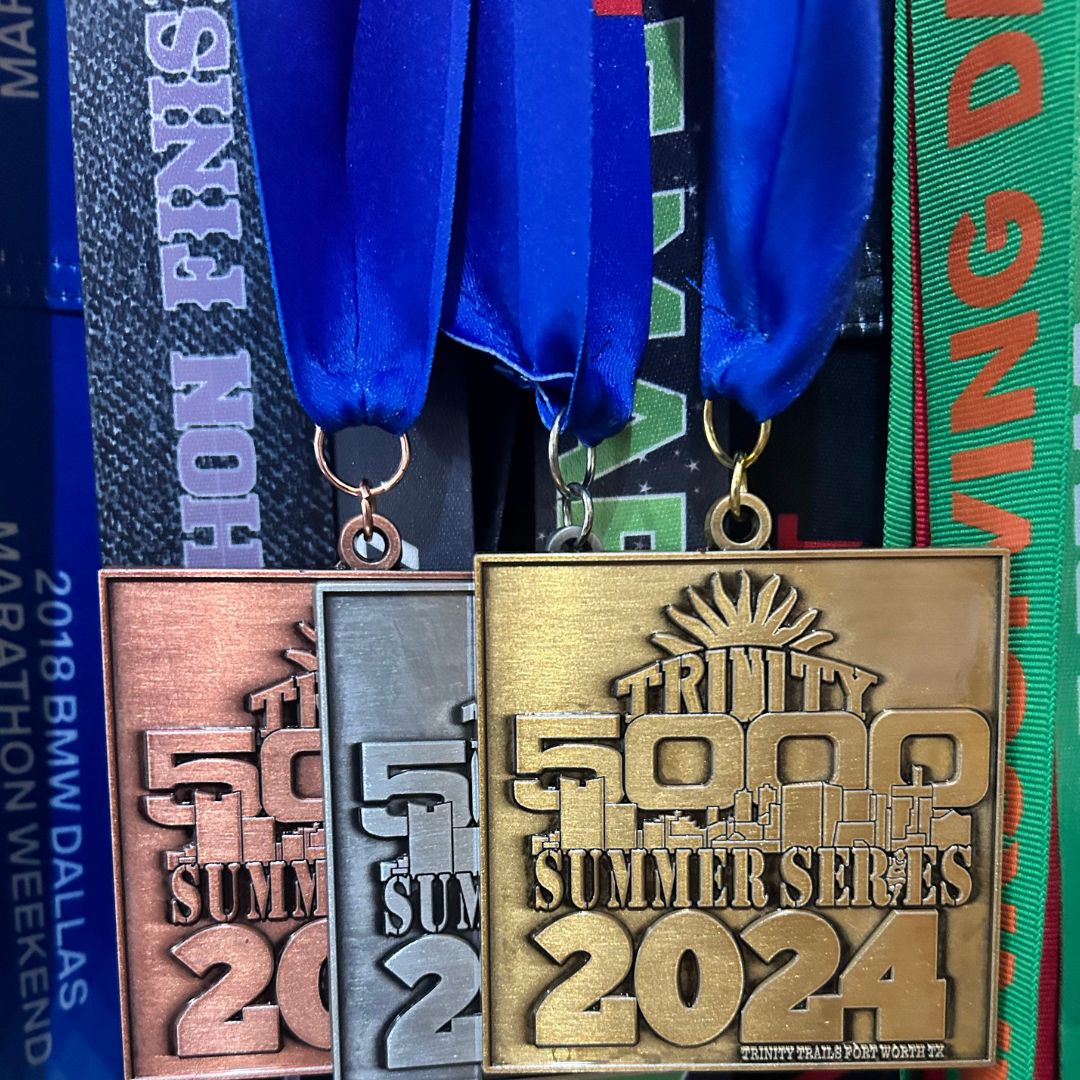






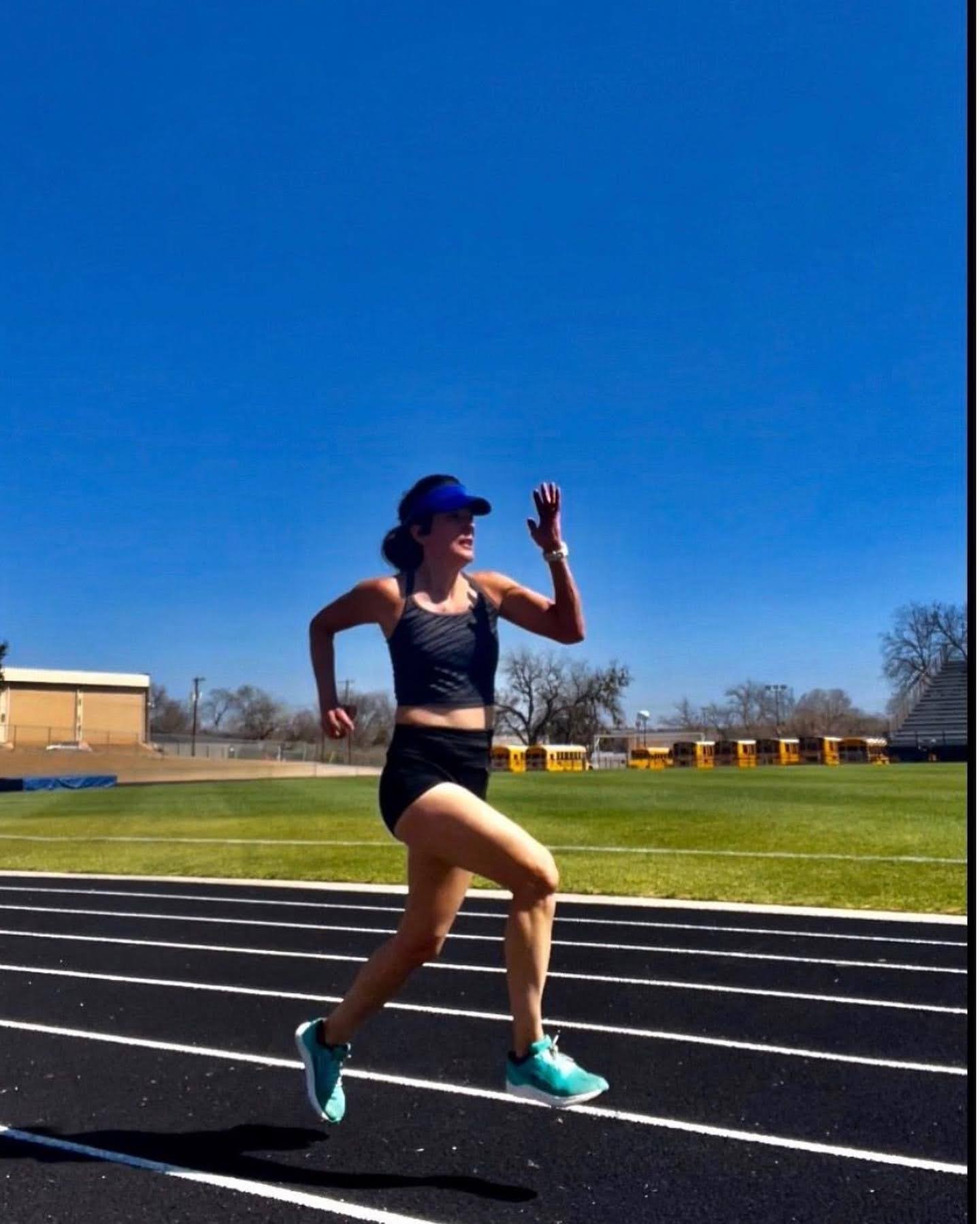


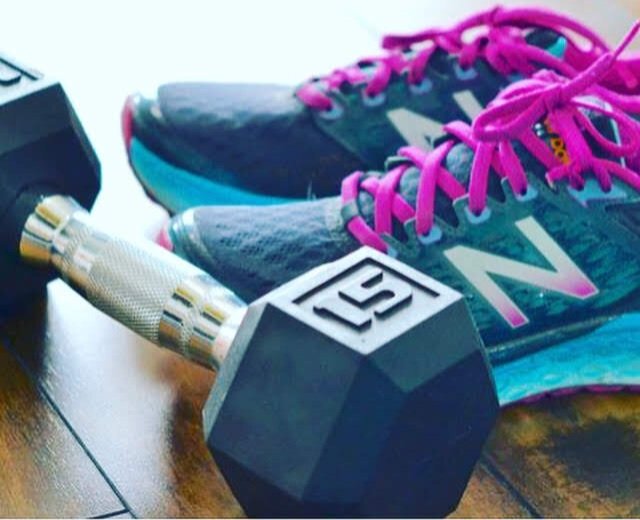










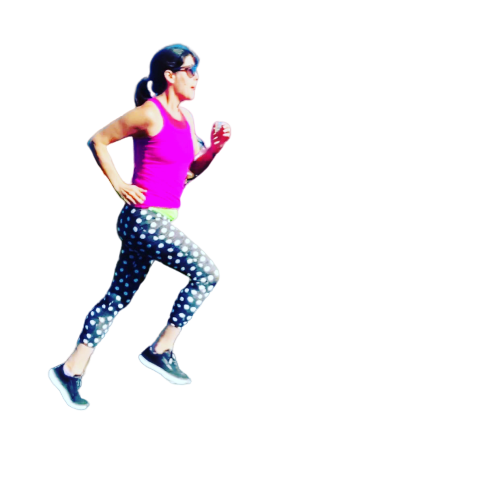


Discover the 5 stages of fitness progression—from building the habit to optimizing your routine. Learn how to stay consistent, make progress at your own pace, and create a sustainable fitness lifestyle without the pressure of perfection.